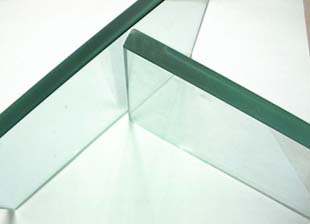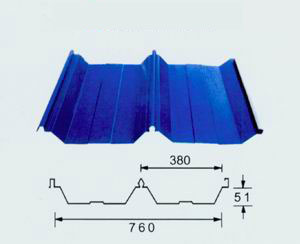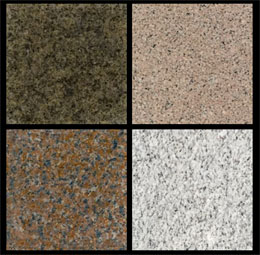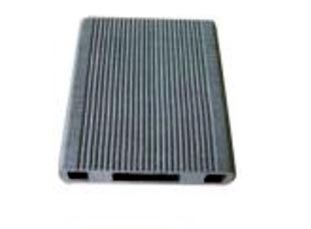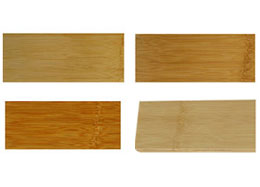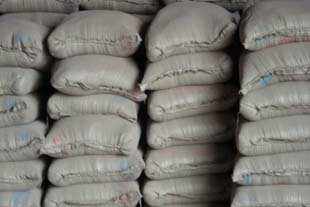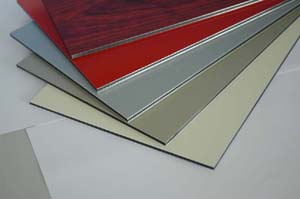|
Qingdao Luckyia Import & Export Trade Co.,Ltd.
|
Tempered Glass
| Payment Terms: | T/T L/C |
| Place of Origin: | Shandong, China (Mainland) |
|
|
|
| Add to My Favorites | |
| HiSupplier Escrow |
Product Detail
Min. Order:1000 Squ;Packing:wooden case;PaymentType:T/T L/C;Trademark:LUCKY;ExpRegion:All over the world;
Tempered glass is one of two kinds of safety glass regularly used in applications in which standard glass could pose a potential danger. Tempered glass is four to five times stronger than standard glass and does not break into sharp shards when it fails. Tempered glass is manufactured through a process of extreme heating and rapid cooling, making it harder than normal glass. SAFETY Fully tempered glass is used in many applications because of its safety characteristics. Safety comes from strength and from a unique fracture pattern. Strength, which effectively resists wind pressure and impact, provides safety in many applications. When fully tempered glass breaks the glass fractures into small, relatively harmless fragments. This phenomenon called "dicing," markedly reduces the likelihood of injury to people as there are no jagged edges or sharp shards. Fully tempered glass is a safety glazing material when manufactured to meet the requirements of the ANSI Z97.1 Standard and Federal Standard CPSC 16 CFR 1201. Federal Standard CPSC 16 CFR 1201, as well as state and local codes, require safety glazing material where the glazing might reasonably be exposed to human impact. This includes doors, tub and shower enclosures, side lights, and certain windows. Applicable building codes should be checked for specific information and requirements. USES FOR TEMPERED GLASS Fully tempered glass is used traditionally in place of other glass products in applications requiring increased strength and reduced likelihood of injury in the event of breakage. The building industry, motor vehicle industry and certain manufacturing industries find tempered glass is effective and economical in a wide range of applications. Fully tempered glass can satisfy federal, state and local building code requirements for safety glazing in such applications as doors, side lights, shower and tub enclosure, and interior partitions. It is also used in storm doors, patio-door assemblies, and escalator and stairway balustrades. As a glazing product it is used in windows and in spandrel areas (for wind pressure, small missile impact and thermal stress resistance). Special building applications include sloped glazing, racquetball courts, skylights (see below), and solar panels. Any conditions or requirements imposed in the applicable safety glazing laws and building codes limiting such special uses should bdetermined prior to glazing. The domestic motor vehicle industry employs tempered glass as side and rear windows in automobiles, trucks, and multi-purpose vehicles. Manufacturing industries use tempered glass in refrigerators, furniture, ovens, shelving, and fireplace screens.
Related Search
Flat Tempered Glass
Laminated Tempered Glass
Clear Tempered Glass
Curved Tempered Glass
Bent Tempered Glass
Tempered Glass Table
More>>

